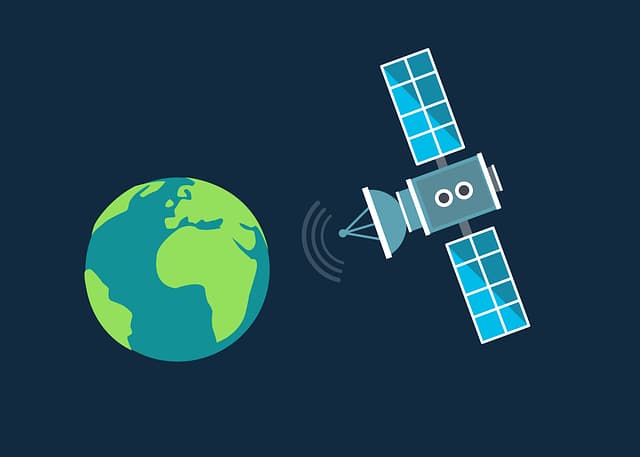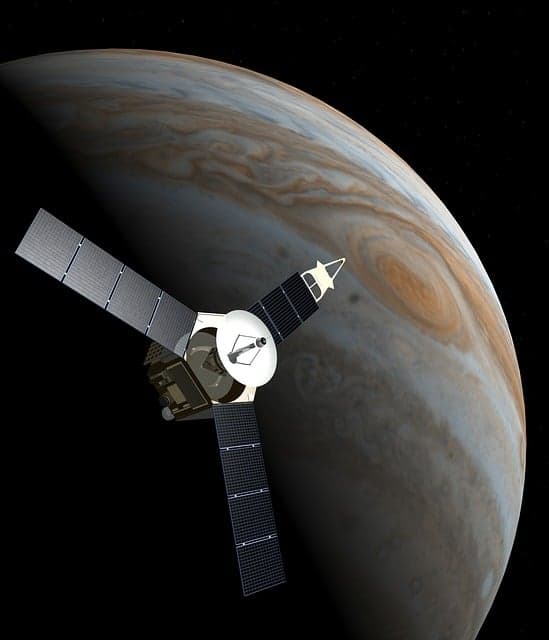The first artificial satellite was launched in 1957. The satellite was a metal ball, 58.5 cm in diameter. On one side protruded four oblong antennas. The signals it transmitted could be received even by amateur radio operators.
This launch marked the beginning of the Space Race and began the development of satellite systems.
Early communications satellites worked in passive mode – they simply reflected the signal from the source, to the receiver.
The final signal was quite weak because most of the energy was lost.
Passive transmission was replaced by satellites with active transmission. Unlike their predecessors, they amplify the received signal before sending. The first satellite with active transmission was Project SCORE. It operated for eight hours, broadcasting U.S. President Eisenhower’s Christmas speech.
As progress was made, the future of satellite systems became increasingly clear. In particular, commercial applications were becoming possible.
In 1962 the first commercial communications satellite, Telstar 1, built by Bell Labs, was launched. This satellite was able to transmit a television signal across the Atlantic Ocean.
In the 1960s, satellites were mostly launched into medium or low earth orbit. The satellites had a high orbital velocity and as a result were not observed from one point on Earth for long periods of time. Instead, they would fly across the sky and disappear from view.
This behavior caused service interruptions, and any satellite system needed a large enough number of satellites to maintain stable communications. Geosynchronous satellites could solve the problems. Such satellites stayed at one point for the observer and did not interrupt the signal.
Syncom 3 was the first geosynchronous satellite. It was launched in 1964 and was used to transmit live broadcasts of the Olympic Games in Japan for the United States.
The success of using satellites for radio and television did not go unnoticed. In the mid-1970s, the first commercial satellite telephone systems began to appear.
Initially, they were developed as a replacement for GSM devices, which at the time were expensive and cumbersome.
By the time the first commercial telephone network was launched, GRPS networks had managed to evolve and come a long way. They became cheap and were well distributed.
Today, satellite communications are most commonly used in the military, maritime and aviation industries. Of particular value is the use in remote areas and areas affected by natural disasters.
As of January 1, 2021, there are 2,224 satellites orbiting the Earth.
Astronomy vs Technologies









